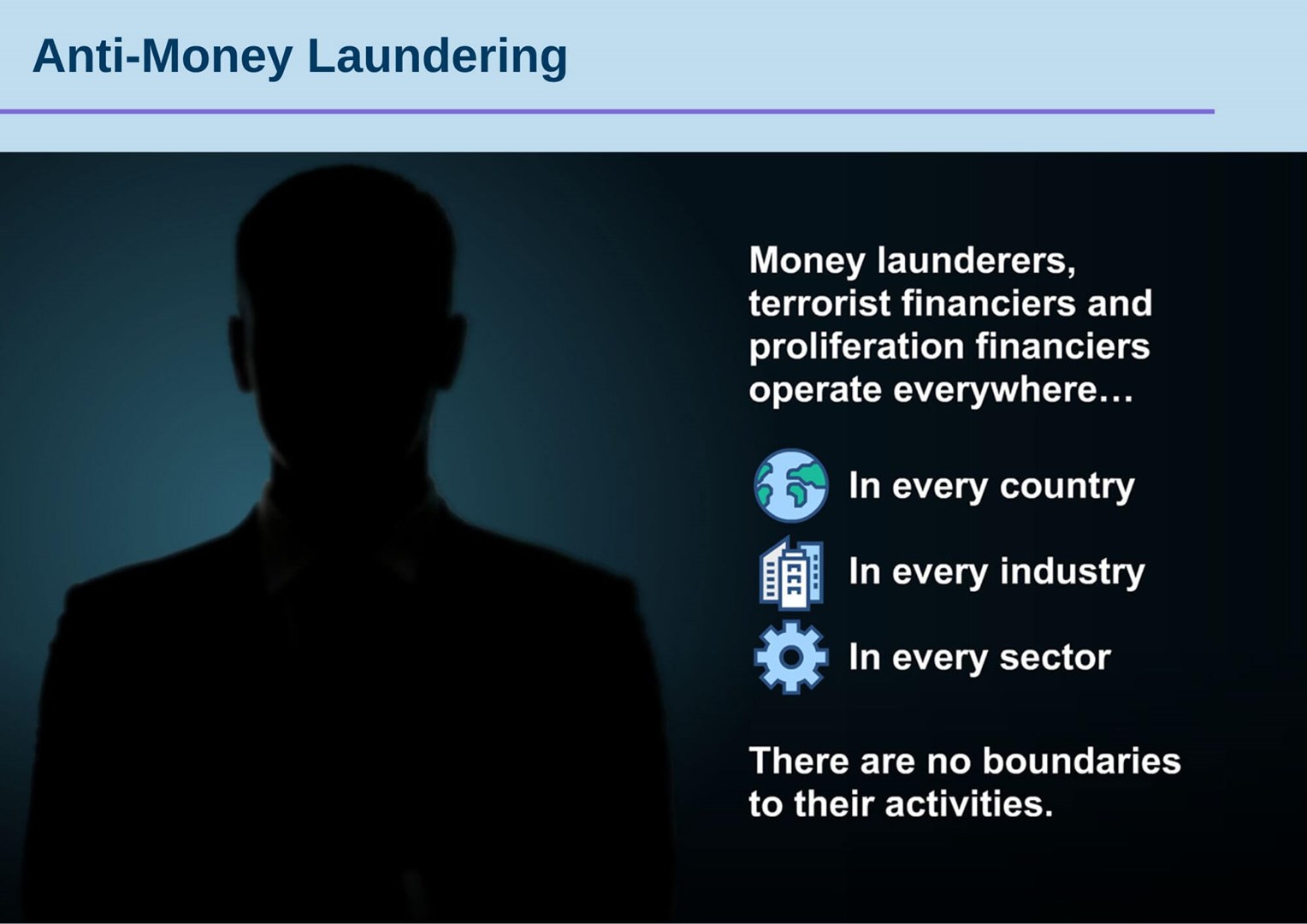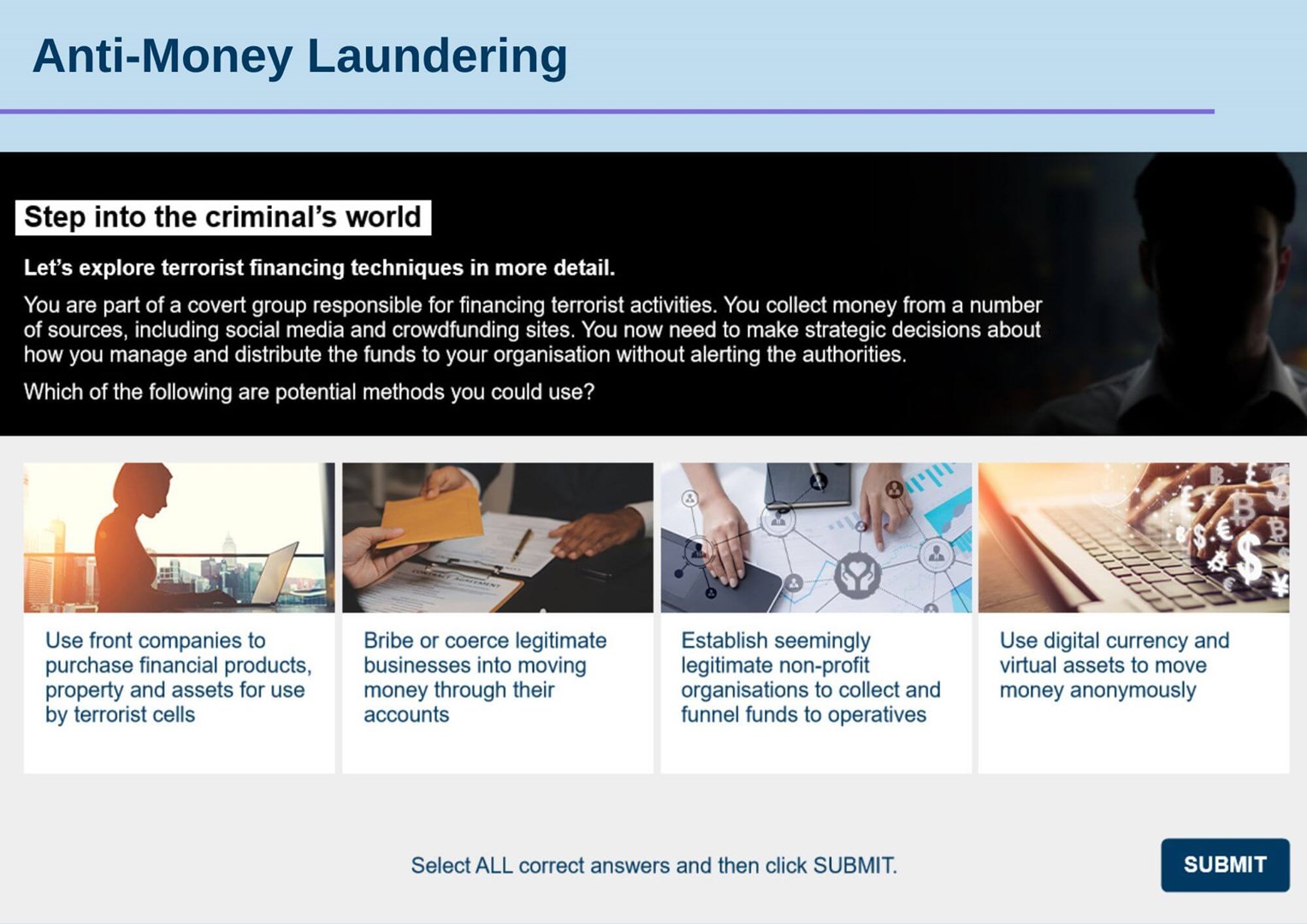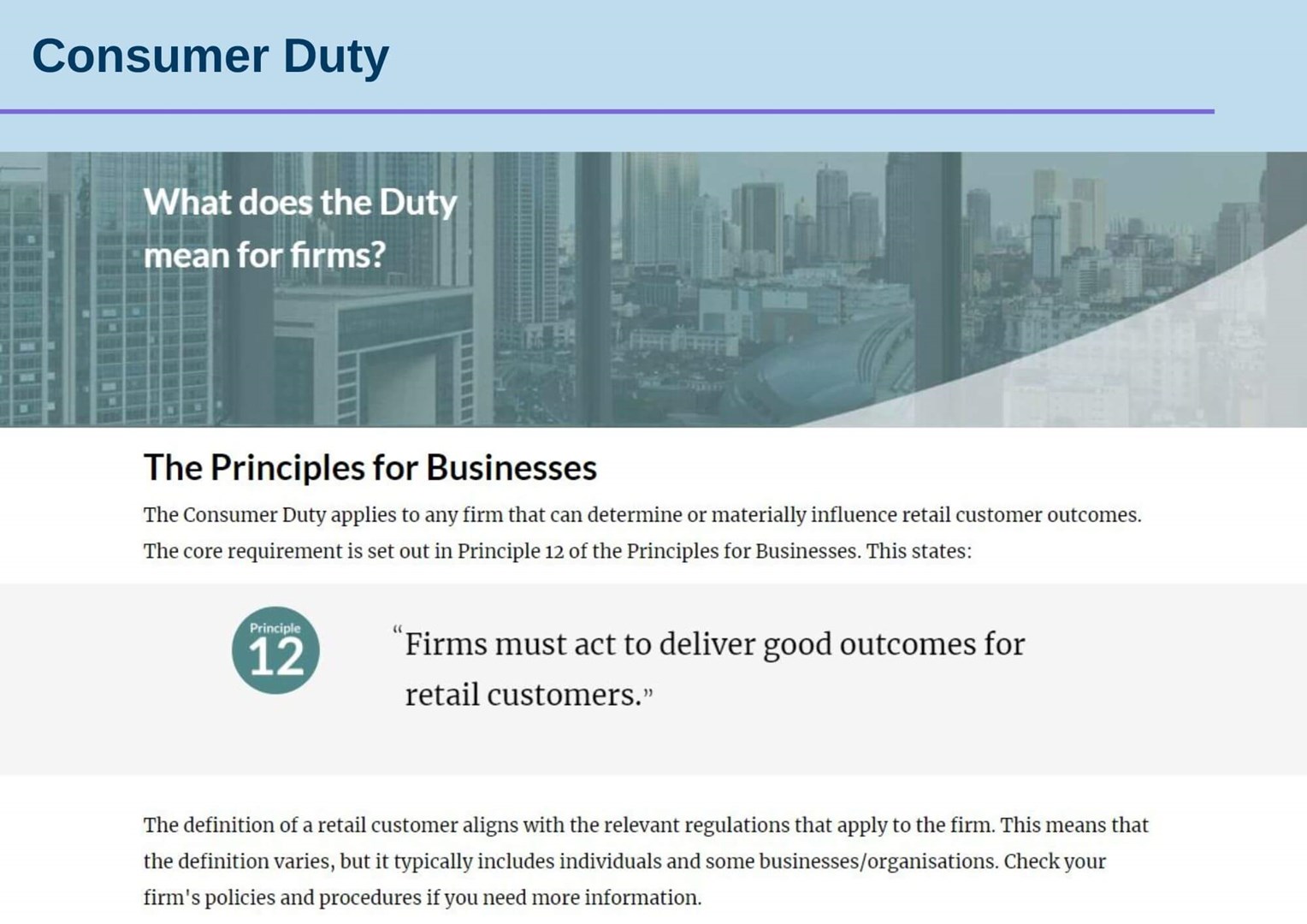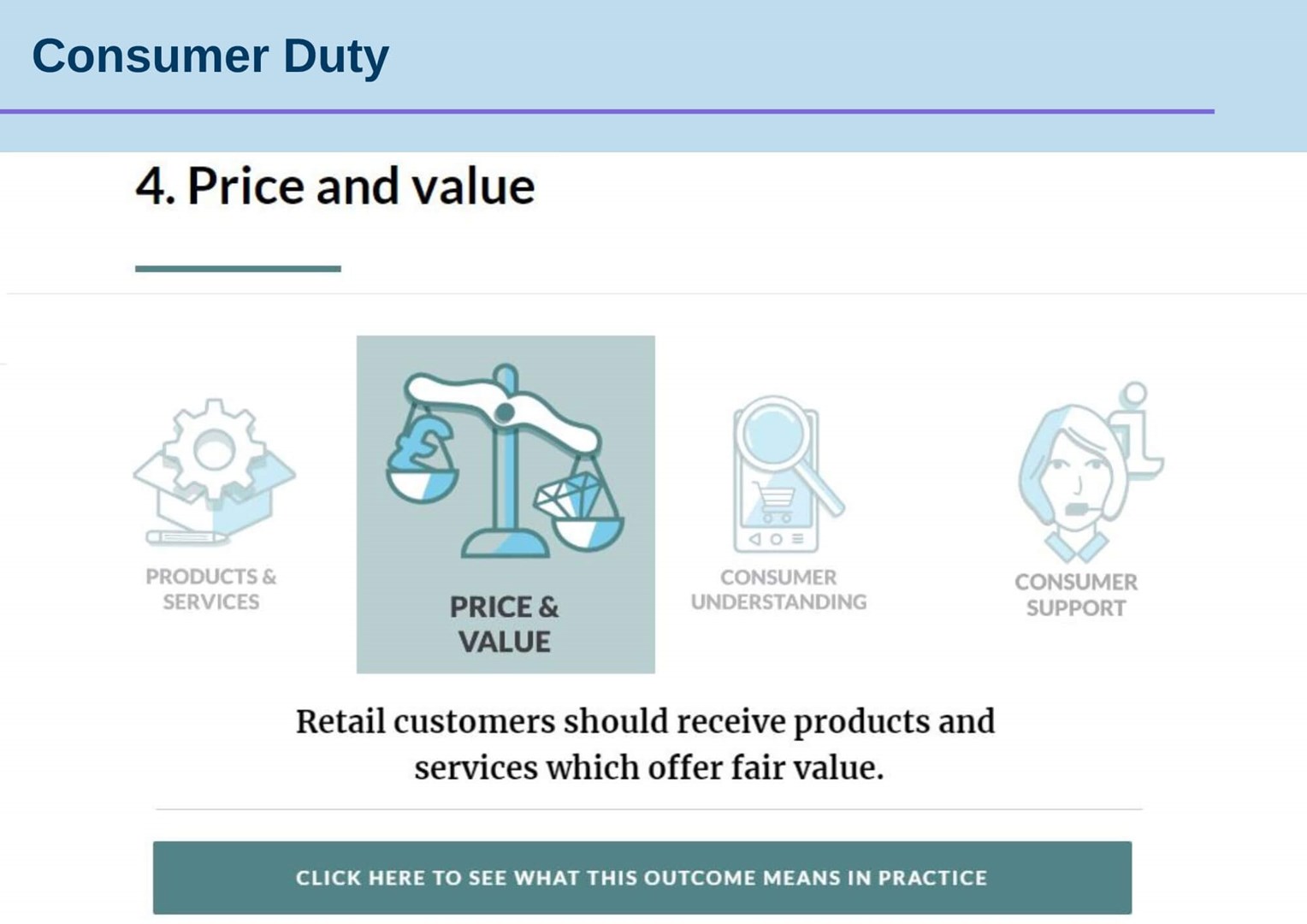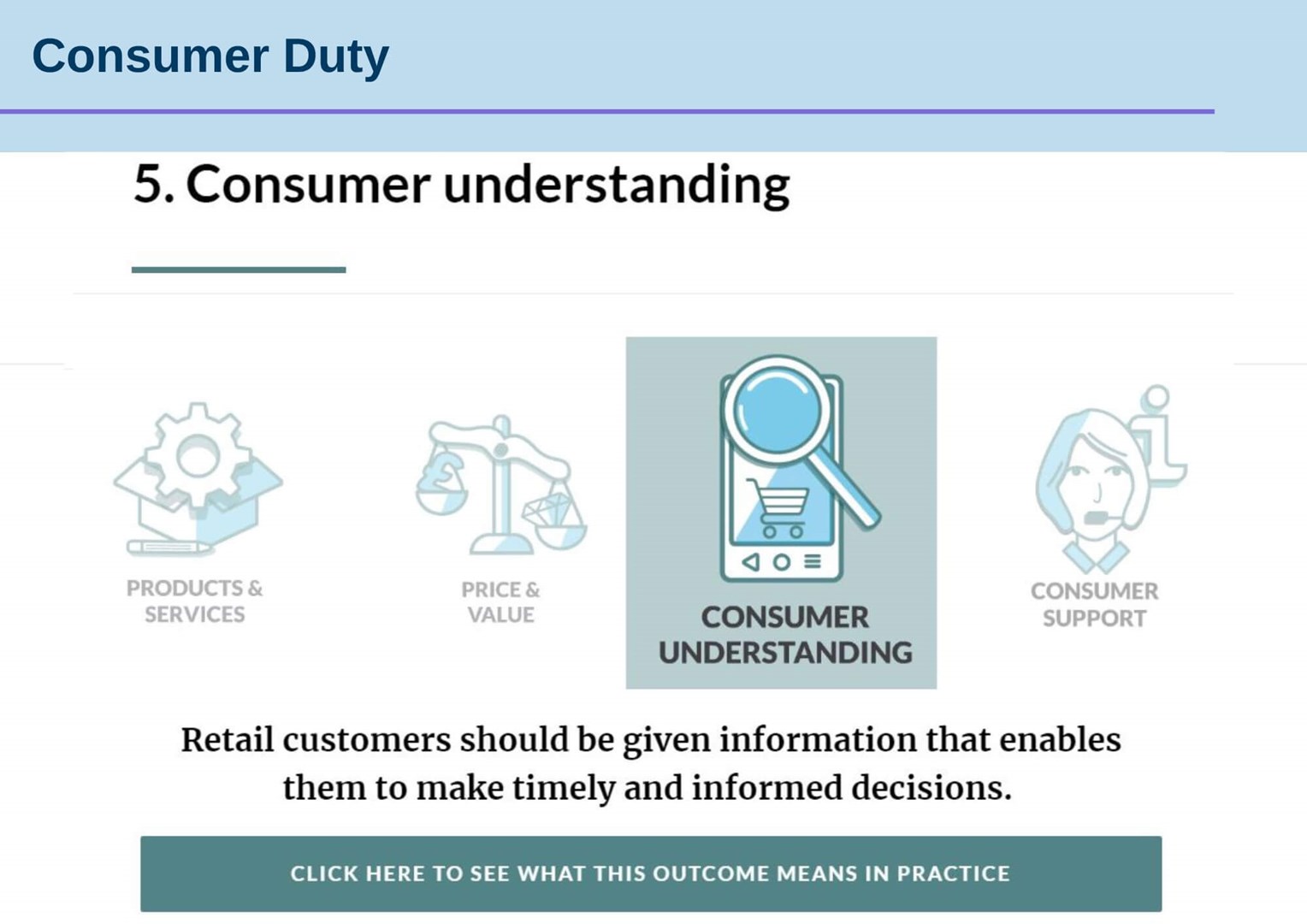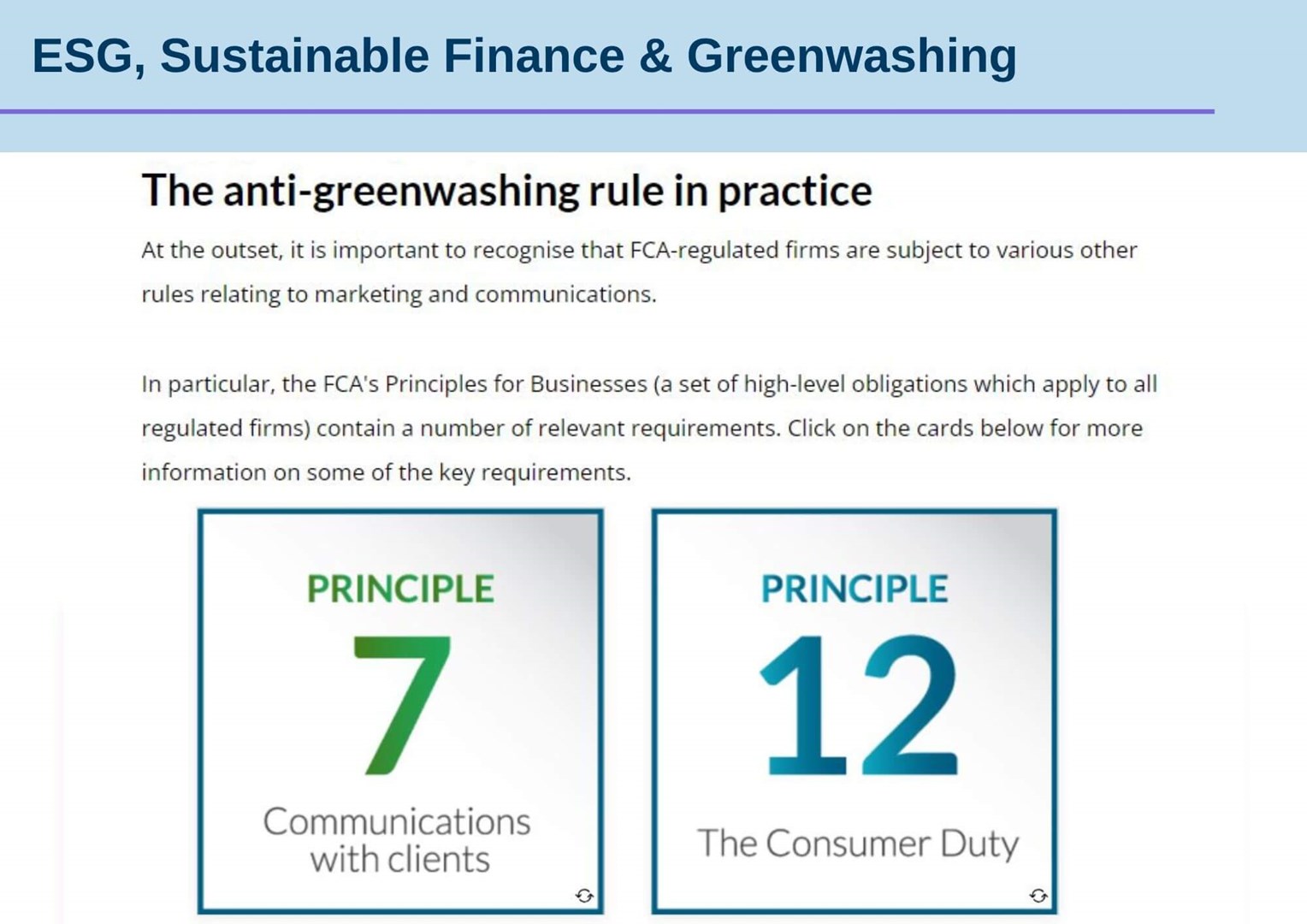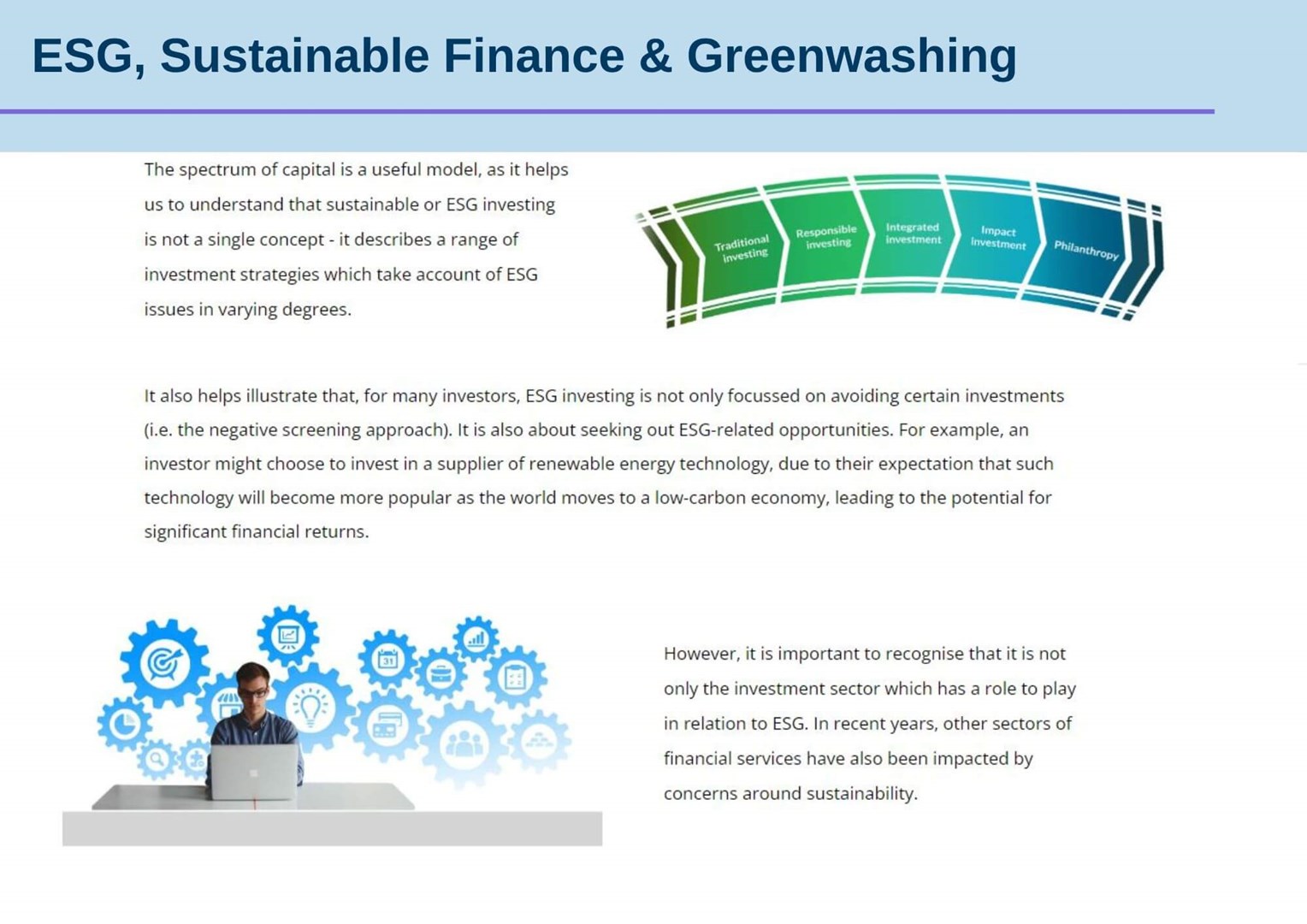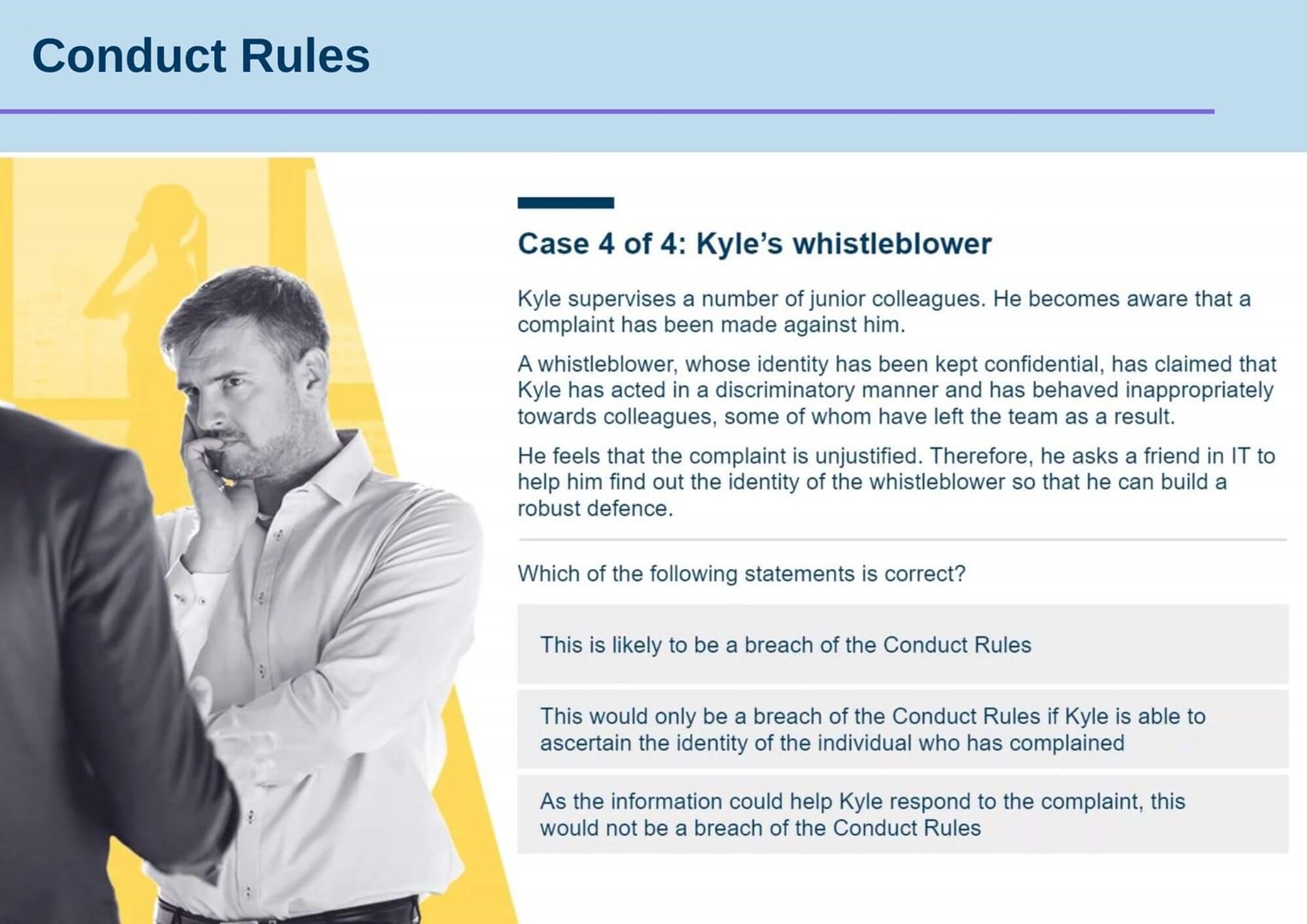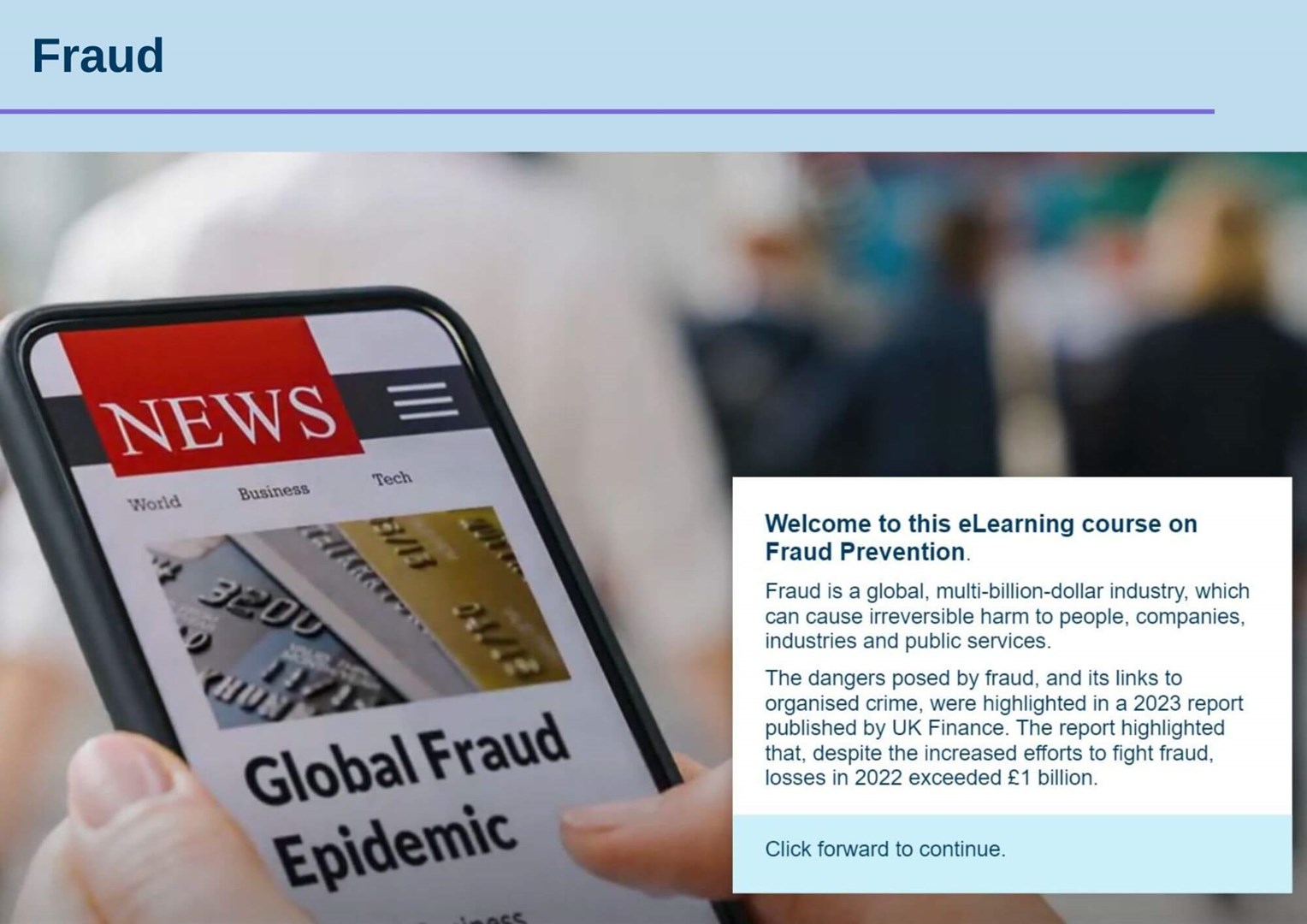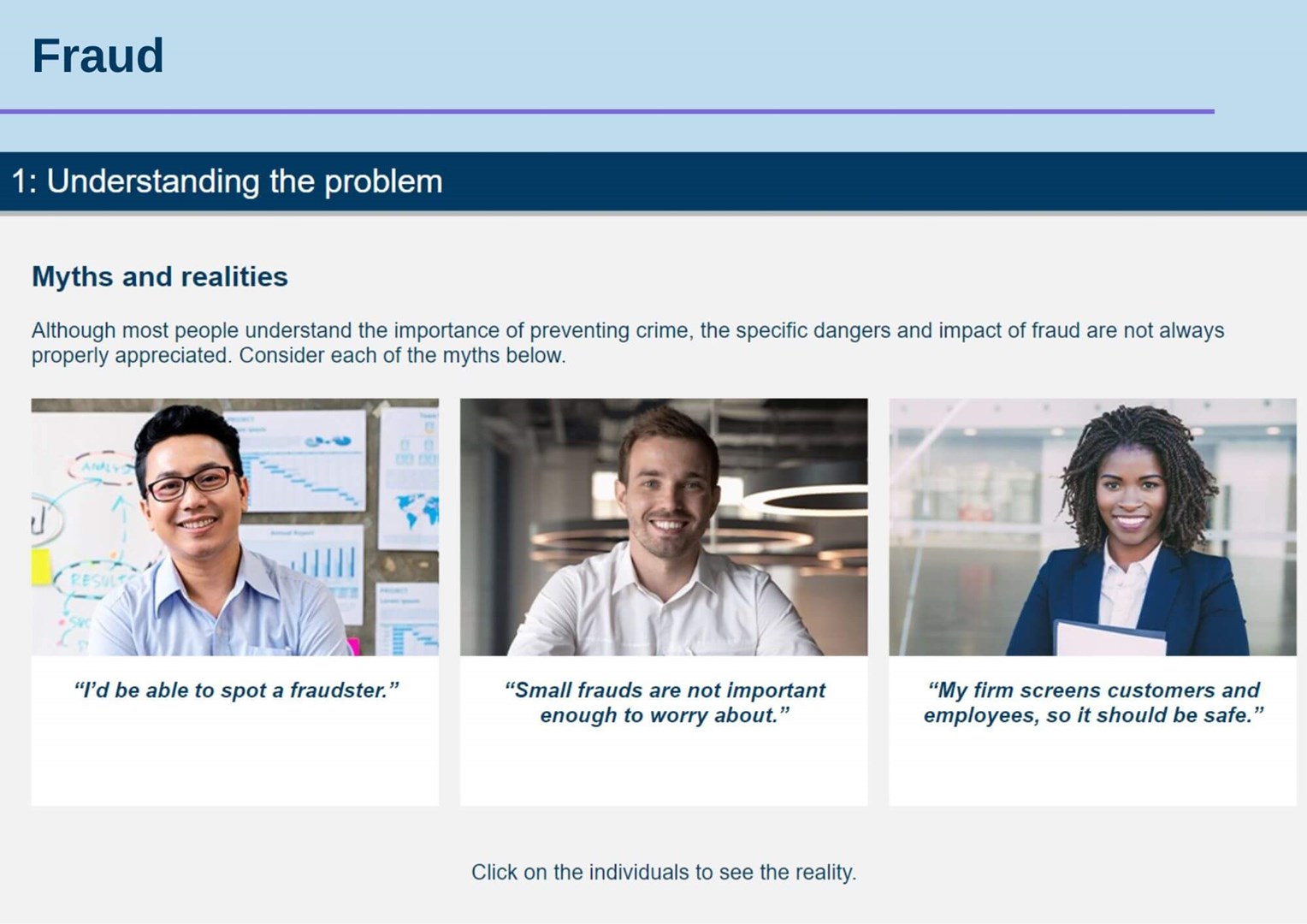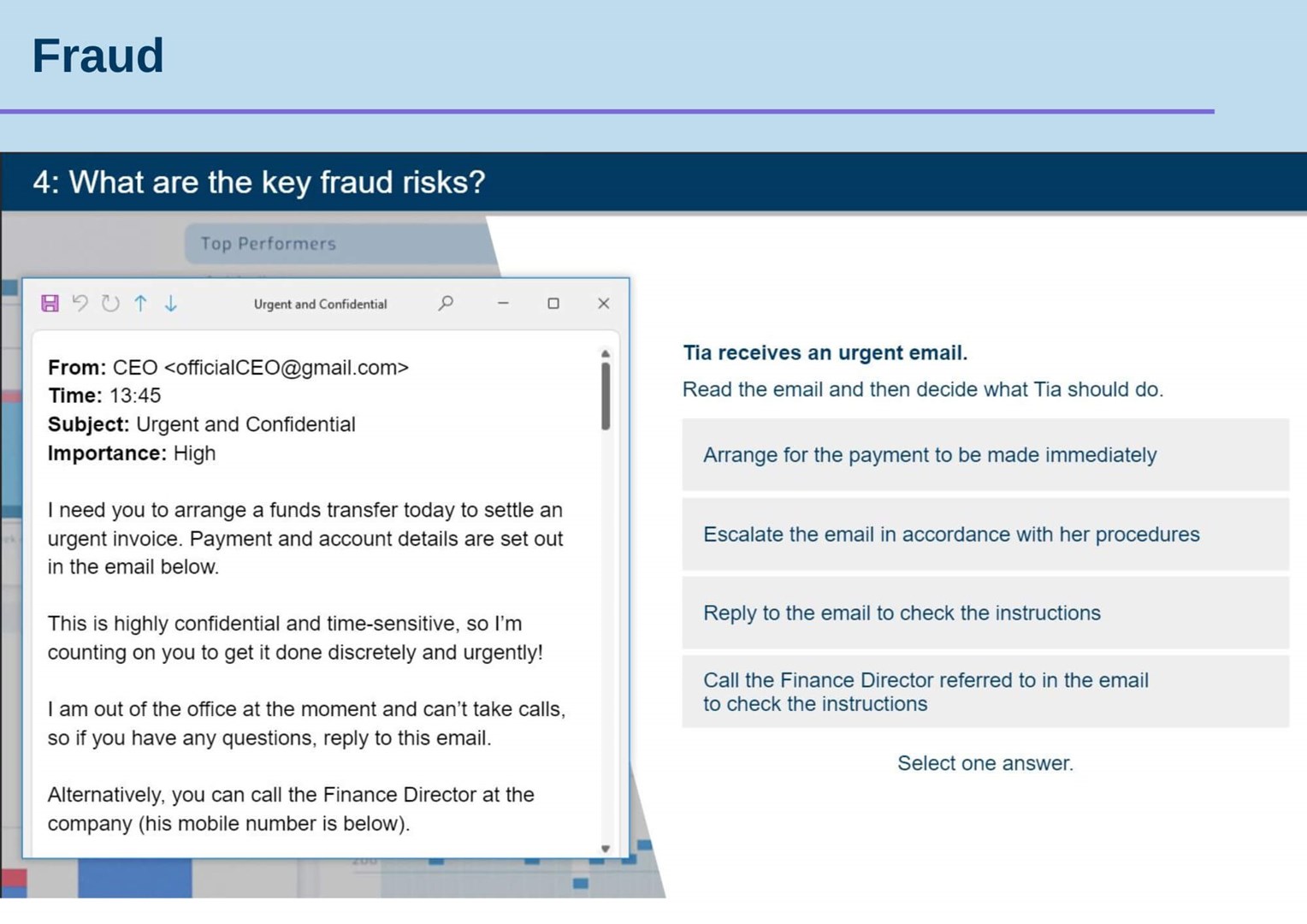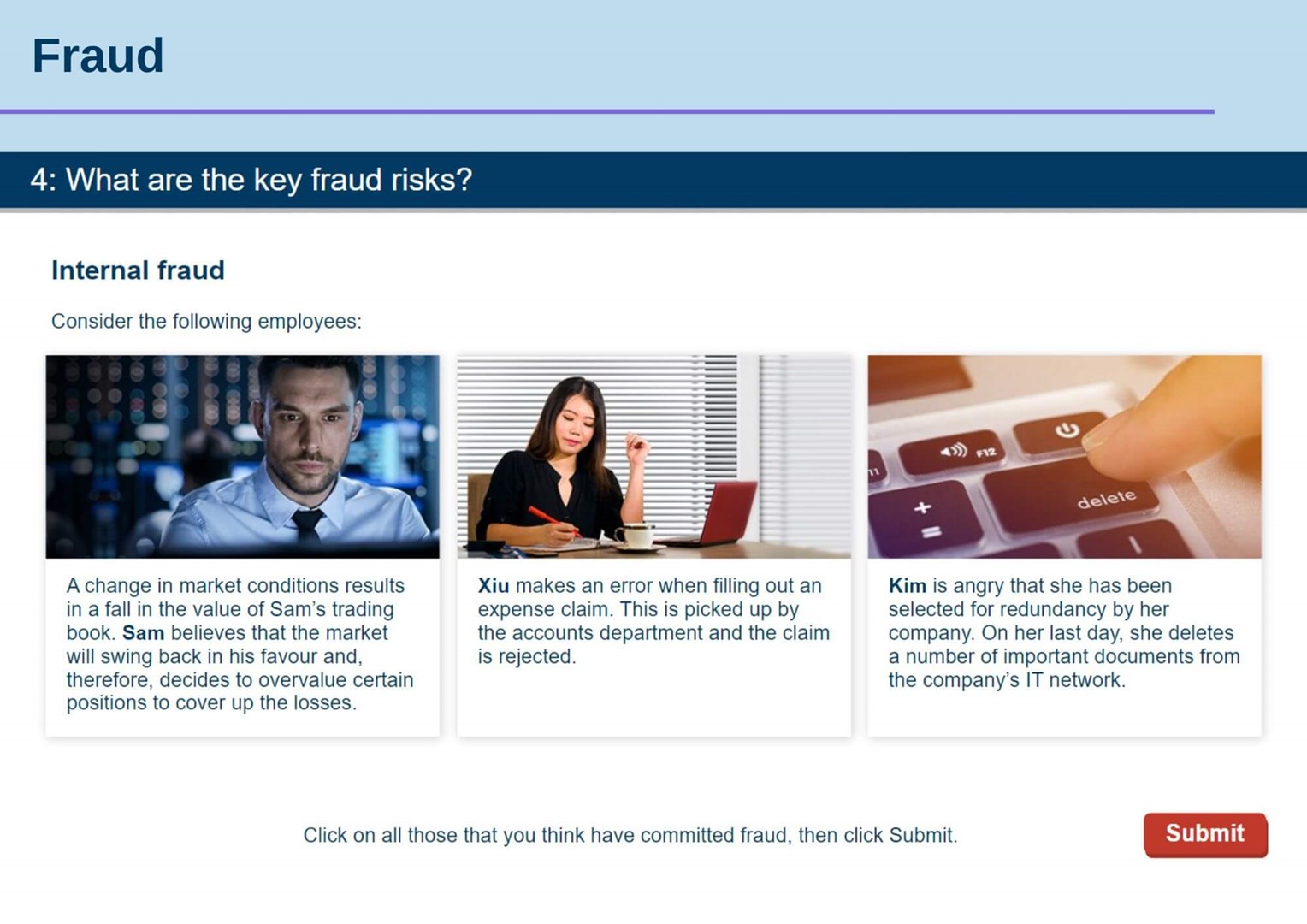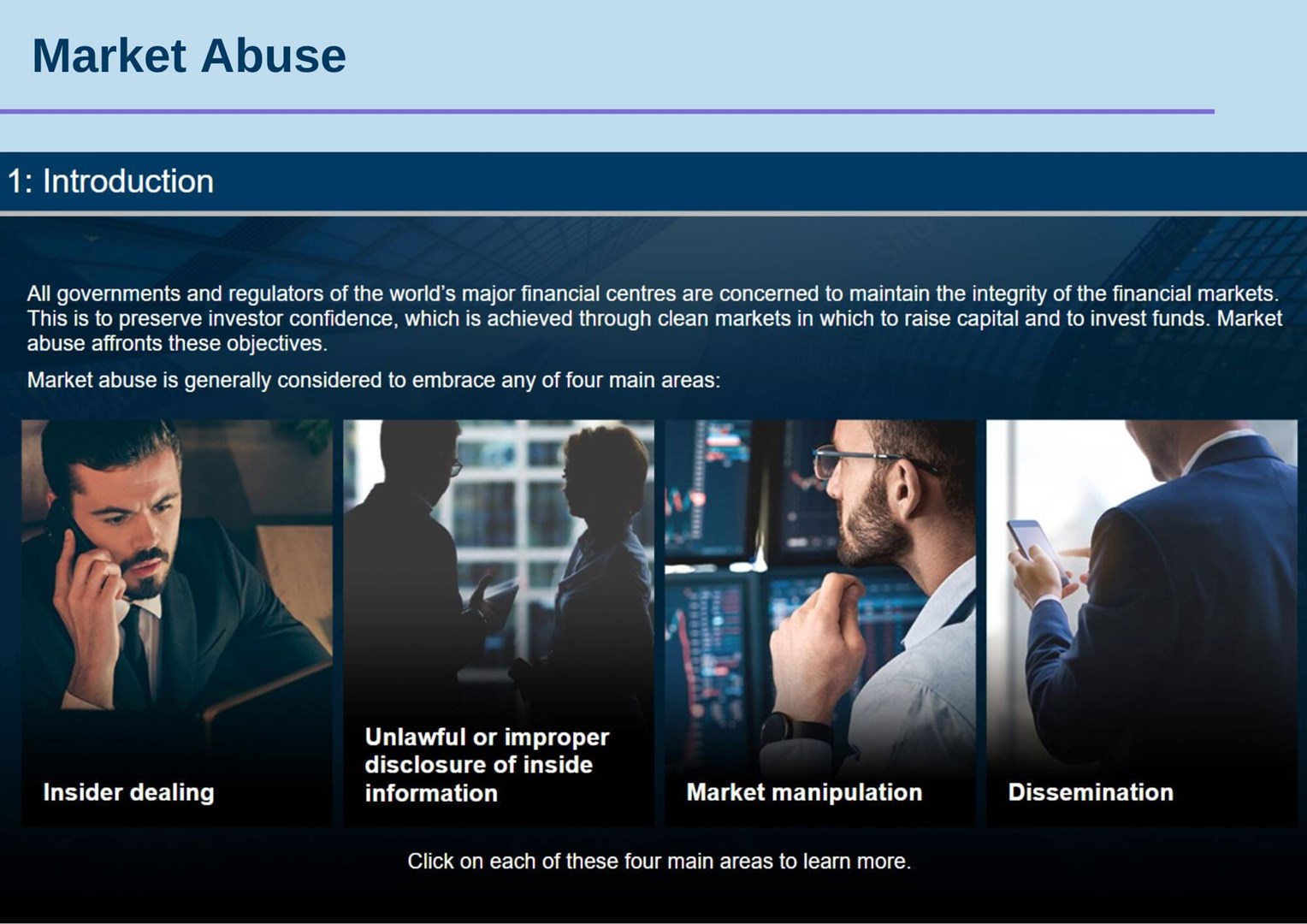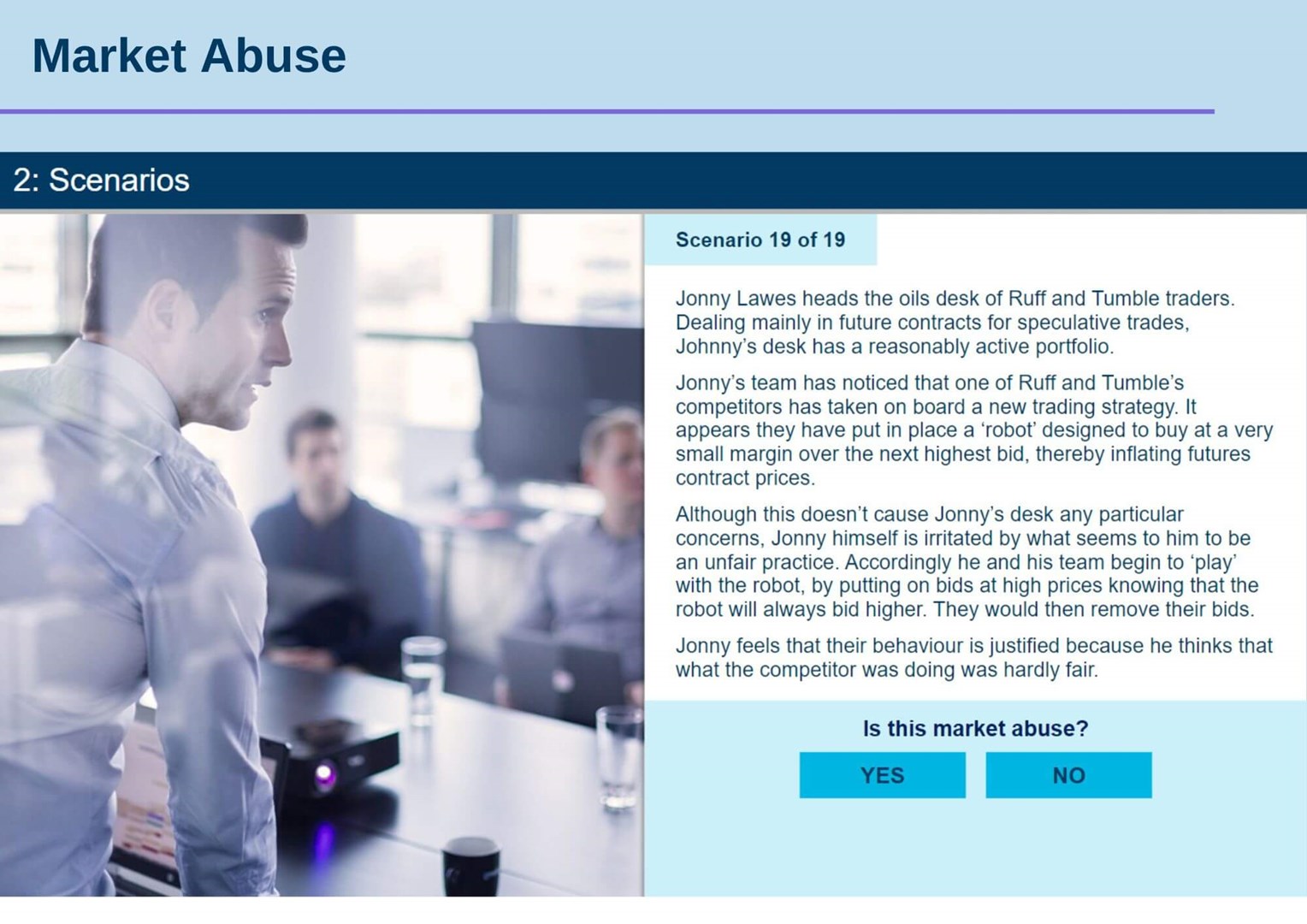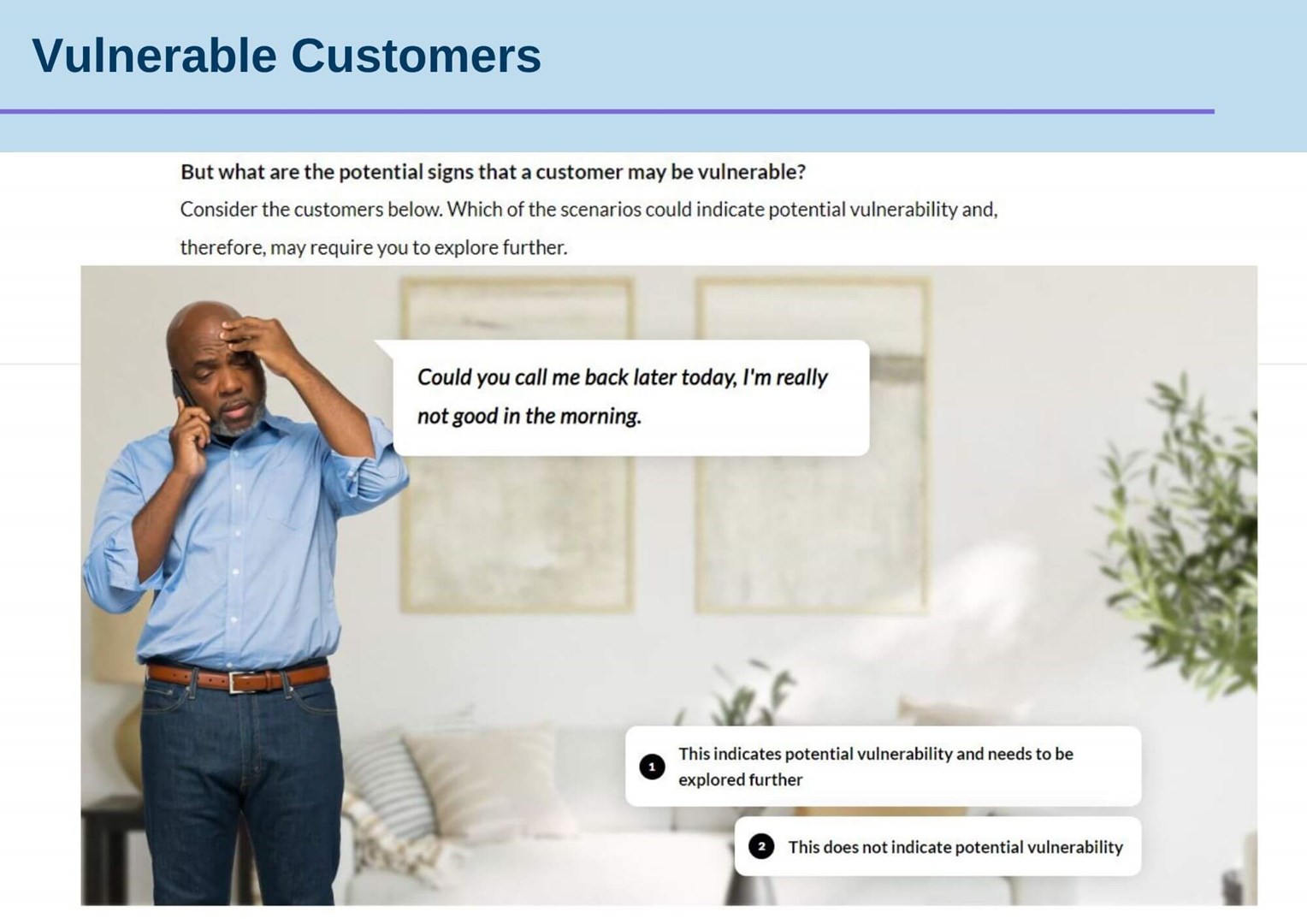Vulnerable Customers eLearning
Overview
Protecting vulnerable consumers has been a key focus for regulators, such as the UK Financial Conduct Authority (FCA), over the past few years.
This module explores the FCA’s guidance in relation to vulnerable customers and highlights the key issues that financial services firms should consider in relation to vulnerability. It also explains the practical steps that staff members can take to make sure that fair outcomes are achieved for vulnerable customers.
This module and the end assessment can be tailored to incorporate client-specific content.
Who is this for?
The module is suitable for all employees who require an overview of the topic. It can be tailored to include reference to your firm’s specific policies and procedures.
Where required, it can also be supplemented by additional face-to-face (or virtual) training for those members of staff who would benefit from more detailed and/or bespoke training.
Course Details
- Introduction
- Understanding the scale of the challenge
- Understanding the scale of the challenge
- What is vulnerability?
- How does the FCA define vulnerability?
- Key characteristics associated with vulnerability
- The impact of vulnerability
- How to assess the impact of vulnerability
- Putting it into practice
- Law and regulation
- FCA rules and guidance
- Enforcement action
- Related UK laws
- The Equality Act 2010
- The General Data Protection Regulation
- Your role in identifying and supporting vulnerable customers
- How do you identify vulnerability?
- Practical steps staff can take to support vulnerable customers
- Recording information about vulnerability
- Getting help or support
- Key things to consider during the customer journey
- Design and review of products and services
- Sales and distribution
- Customer service
- Communications
- Case study
- Immersive case study highlighting the key things to consider in relation to a vulnerable customer
- Immersive case study highlighting the key things to consider in relation to a vulnerable customer
- End of course assessment
Delivery
Our interactive learning is delivered online, so all you need is an internet-connected device – we’ll do the rest.
We handle every part of the set-up process, from customising your individual Learning Management System (LMS), loading staff data, setting up a deployment and reminder schedule and reporting on progress.
In addition, administrators can also have access to all of these tools too, giving you the flexibility to be involved as much or as little as you prefer.
eLearning Previews
See examples taken from a range of our eLearning courses in the gallery below.

